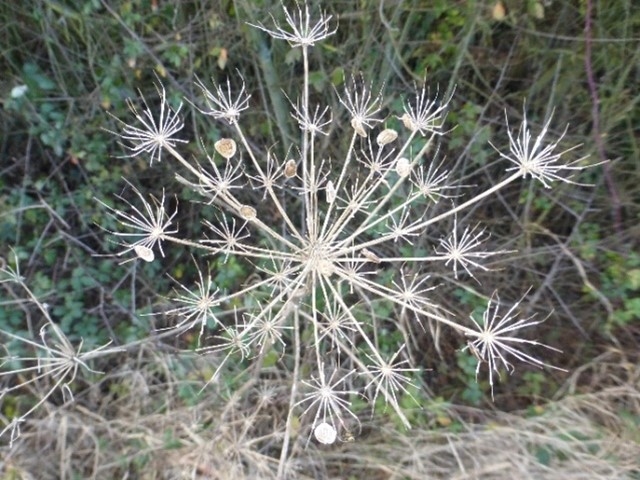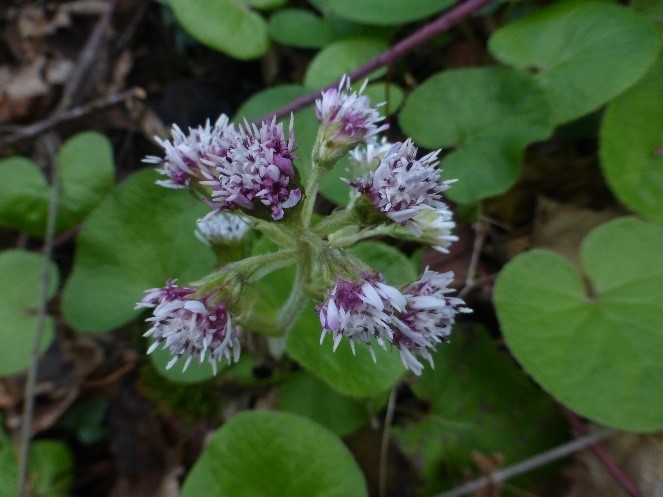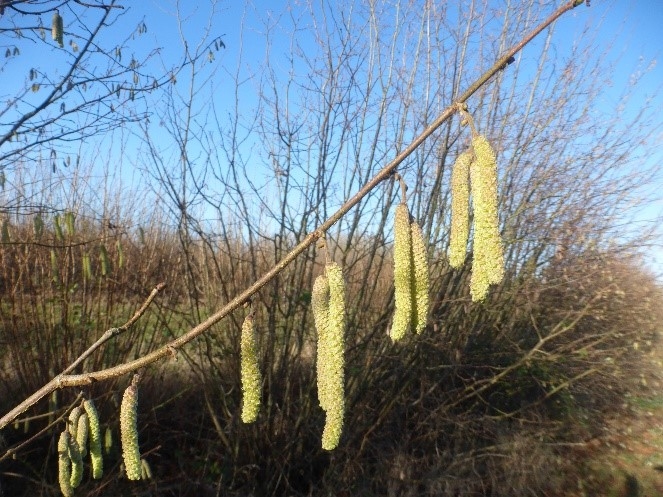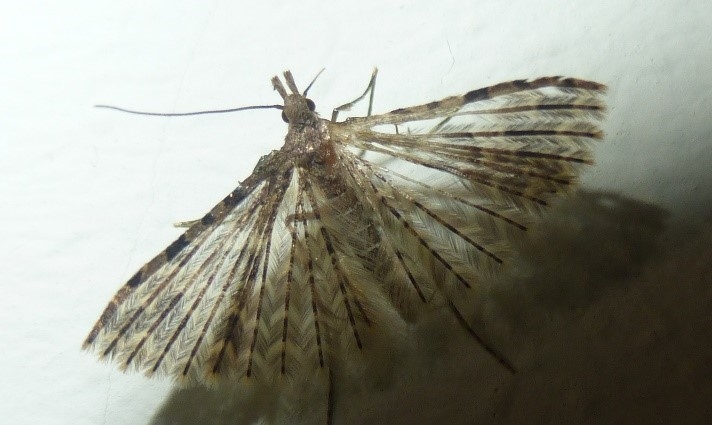The end of the year always provokes a period of reflection and for various reasons I thought it might be interesting to continue that process for just a little longer. I feel like I’ve been hibernating this last month and there has been far too little experience to communicate so, before we get engrossed in 2024 wildlife events, let’s take a moment to look back on 2023.
Most significantly, the last couple of years have given us some extreme weathers and I wonder if you can remember last year’s weather events. I couldn’t. So, I looked it up. I needed reassurance that there had been a day or two without rain. And there were! January was cold for half of it, then warm for the other. February was dry and mild. March was the wettest since 1981. April was normal! May was dry and June was hot. July was again wet, and warm. August was average but September was warm and wetter. October was the wettest since 1838! November was surprisingly normal and December’s summary, though not yet available from the Met Office, in my own estimation will have been wet. If the official verdict is anything but wet it will be hard to accept. As I write, the brook at the bottom of my garden is currently now more than half way to the house. It’s still raining, and the level is still rising. Is that summary how you remember it? I was stunned to find that November was normal. The whole land seems to have no capacity to hold more water. Can you match any of this pattern with the behaviour of wildlife in your world? I think it has affected ours.
We’ve had only one robin all winter where we normally have 4 or 5. I haven’t seen a dunnock for months. I don’t think I’ve seen an egret all year. (I suppose they’ve had plenty of wet ground to choose from). I haven’t had the winter rat in the compost. (Not cold enough? Too close to the water?). I think one of the muntjac got run over, and the other has left the area following the removal of some of its cover. We stopped seeing the badger so we haven’t used the trail camera for most of the year. I haven’t heard the tawny owl for two months. The only redwing and fieldfare have been the passing of new arrivals. In fact the bird count (species) for Nov and Dec has been:- 2021 Nov 27 Dec 32, 2022 Nov 33 Dec 32, 2023 Nov 21 Dec 23.
As for butterflies, it was well documented that Red Admirals were prolific last year, but the over-riding factor for me was a distinct shortage of Tortoiseshells. Readers will know of the increased sightings of Hummingbird Hawk Moths in our garden last year, and that is one species that I will be looking out for in 2024. The nearest arable land to us has been without the substantial flower/seed margin that was so important last winter and that must have had an impact on both birds and insects this time.
Introduced species seem to be doing well. The parakeets continue to grow in numbers and the grey squirrels seem to be increasing. I do hope that we escape local introductions of beaver.
I confess that the last couple of months have seriously depressed my enthusiasm for the whole thing. Although each outing has significantly improved my mental wellbeing, it has taken some effort to even get out and go fishing. So, do I have any resolutions for the new year? Yes, I certainly do. I need to get back in touch with outdoors. No matter the weather I need to be out there, connecting with it. I need my fingers to be back on the pulse. I want to feel the life blood flowing once again - within and without.
I started with a short walk on New Year’s Day, and the following two pictures though not ground breaking are now, real, relevant and life-affirming.

Looking back at last year's production, this is the remains of an umbellifer. I’m no expert on umbellifers, so I can’t say which, but it makes a beautiful firework explosion of dried cellulose, and still retains some of the valuable seeds to keep the whole cycle going. It was too wet for me on Bonfire Night, but this one satisfies my needs. Ka-boom! Ooo!

You may recognise this one. I was wrong, it’s not an early butterbur, this is winter heliotrope. Introduced here in 1806 and now naturalised, it flowers in late winter/early spring, tolerating sun and shade, wet and dry. It does provide an early show of colour, and there is always a distinctive potpourri of semi-sweet vanilla pollen that is undeniably welcome at this point in the proceedings of the year.

Emerging from my hibernation this one came as something of a surprise. It always does. Of course, if I had been more active over the last few weeks there would have been no surprise. When I gazed with joy on these little bundles of trimming I could see that those in good sun were well developed and beginning to show signs of yellow. Those in regular shade were significantly behind in their development. Plenty of time to catch up with these though, and like every other year, take time to marvel at the variety of trees which produce catkins.

I've been so “absent” from my post that I’d forgotten about this one. It had come in from the cold at the beginning of December. I took its picture because of its unusual wings. They appear to be constructed like the veins of a fan, with feathers that knit together with barbed hackles. If no other picture gets me back on that bike, this one certainly will. Where are my insect books?
I couldn’t wait till next time. I bet you couldn’t either. A little research and I managed to determine that this is a Twenty Plume moth. It is wrongly named on two counts, since each wing (fore and aft) has six plumes. That’s twelve each side but if you try to count them it looks like a total of twenty. And they are just like feathers. It’s the only one of its family in this country and it’s common. I’ve never seen one before. That reminds me of passing thoughts last year to build a moth trap and do some (semi-) serious spotting.
Well, further reading re-assures me that my eyes and glasses are ok – the wings are indeed feathery structures – but also, and this is good too, if this species is common why have I never seen one in the garden? Is it any coincidence that the honeysuckle that has been struggling to get established (like almost everything else in the “wild” area of the garden) last year bore several flowers? I don’t think so, because the food plant of the caterpillar is… wait for it… honeysuckle.
After expending inordinate effort to remove it, I am now fighting the hard battle to get the wild back into the garden. Last years No-mow-May was extrapolated to become a new patch of meadow and I can’t wait to see what grows in there. Thanks to the generosity of another I will be adding a few ragged robin plants and I shall try again to collect some lady smock from my brother’s wet grass. I’m not sure that my own meadow is wet enough (except in flood) to sustain either, but if it’s not, then that is nature for you. It’s all about micro climate conditions and niches. I am not inclined to make any more changes down there. It’s a hostile little spot and all I can do is give things a chance. I’m already looking forward to the snowdrops, blue bells, primroses and cowslips. The forecast for later in the week is dry, and I might have to get down there and check for signs.
I think I have my Mo-jo back.
Happy New Year.


